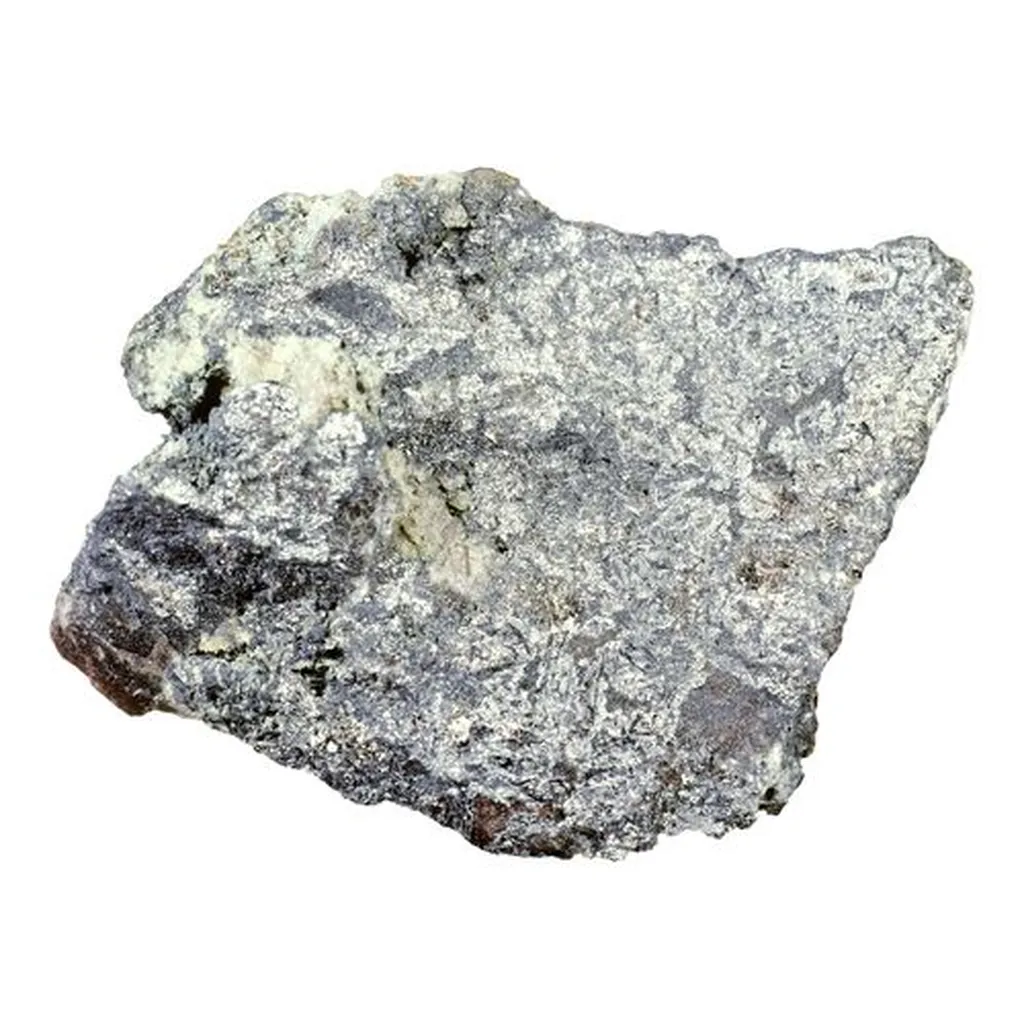In the quest for more efficient and sustainable lighting solutions, researchers have been exploring the potential of phosphor-converted white light-emitting diodes (pc-WLEDs). These innovative lighting sources are gaining traction due to their longevity, high efficiency, and eco-friendliness. A recent study published in the journal ‘Materials Research Express’ (which translates to ‘Materials Research Express’ in English) delves into the role of gadolinium (Gd³⁺) in enhancing the energy transfer mechanism of europium (Eu³⁺)-activated lanthanum niobate (LaNbO₄) phosphors, potentially paving the way for more advanced solid-state lighting technologies.
At the forefront of this research is Nitesh Kumar M., a scientist from the Department of Physics at the Vellore Institute of Technology in Tamil Nadu, India. Kumar and his team have been investigating the unique properties of LaNbO₄, a material known for its remarkable chemical and thermal stability. “Our goal was to understand how Gd³⁺ could influence the energy transfer dynamics in Eu³⁺-doped LaNbO₄, ultimately aiming to improve the performance of red-emitting phosphors for lighting applications,” Kumar explains.
The researchers initially synthesized La₁₋ₓNbO₄:xGd³⁺ by varying concentrations of Gd³⁺. Through emission studies, they determined the optimal concentration of Gd³⁺. Subsequently, they prepared Gd³⁺ and Eu³⁺ co-doped La₁₋ₓ₋ₓNbO₄:xGd³⁺/yEu³⁺ by varying the Eu³⁺ content. The synthesized phosphors were then analyzed using X-ray diffraction (XRD) to identify their structure and phase purity. Additionally, Fourier-transform infrared spectroscopy (FTIR) and reflectance spectroscopy were employed to examine the vibrational and absorption characteristics of the materials.
One of the most intriguing findings of the study was the observation of energy transfer from the host and Gd³⁺ to Eu³⁺ upon excitation at 273 nm. This energy transfer led to an enhancement in the red emission of the phosphors. “The Gd³⁺ ions act as sensitizers, effectively transferring energy to the Eu³⁺ ions, which in turn emit a bright red light,” Kumar elaborates. This phenomenon could have significant implications for the development of more efficient and color-tunable lighting solutions.
The researchers also conducted morphology and elemental analyses using scanning electron microscopy (SEM) and energy-dispersive X-ray spectroscopy (EDAX), confirming the purity of the synthesized phosphors. The CIE chromaticity coordinates of the LaNbO₄:Gd³⁺/Eu³⁺ phosphors corresponded to the orangish-red region, making them promising candidates for red-emitting materials in lighting and display applications.
The commercial impacts of this research are substantial. As the demand for energy-efficient lighting solutions continues to grow, the development of advanced phosphors with enhanced performance characteristics is crucial. The findings of this study could contribute to the creation of more efficient pc-WLEDs, which could find applications in various sectors, including residential, commercial, and industrial lighting, as well as in displays and signage.
Moreover, the understanding of energy transfer mechanisms in phosphor materials could inspire further innovations in the field of solid-state lighting. As Kumar notes, “Our work not only sheds light on the role of Gd³⁺ in enhancing the performance of Eu³⁺-activated phosphors but also opens up new avenues for the design and development of advanced lighting materials.”
In conclusion, the research conducted by Nitesh Kumar M. and his team represents a significant step forward in the quest for more efficient and sustainable lighting solutions. By unraveling the complexities of energy transfer mechanisms in phosphor materials, they have laid the groundwork for future developments in the field of solid-state lighting, with potential benefits for the energy sector and beyond.

